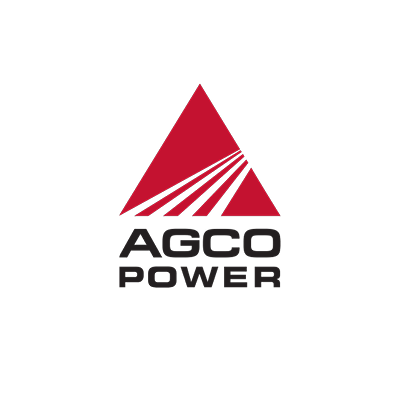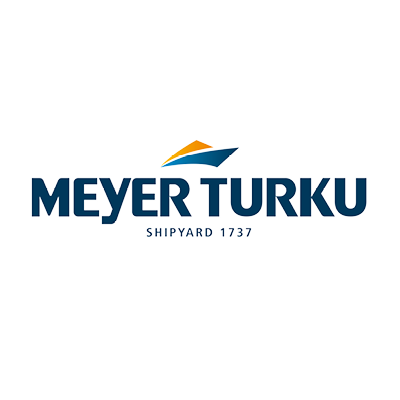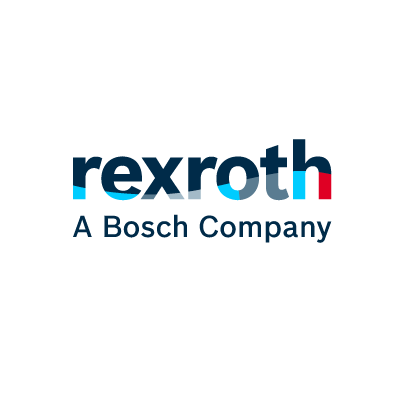
Consortium


















In the light of energy transition in marine and off-road segments, the goal of the Clean Propulsion Technologies (CPT) Consortium is to secure the global technology leader position for the Finnish powertrain industry by creating a common vision and sustainable business solutions. This will be accomplished by moving the most promising, innovative (TRL3) powertrain technologies to the Technology readiness level (TRL) 5-6. These developments will secure compliance with emission and GHG regulations in both segments by 2035. In the long term, the goal is achieved by evolving the common technological roadmap for the marine and off-road sectors providing a consolidated plan for how to secure this compliance by 2050.
The objectives pertain to several impactful innovations: An H2 engine demo, ultra-efficient RCCI combustion with biogas, advanced thermal management and novel catalyst solutions. All of those developments are further grasped into the context of combined combustion-electric-hydraulic operation and supported by state-of-the-art model-based control and power management solutions.
The research questions:
The objectives:


















